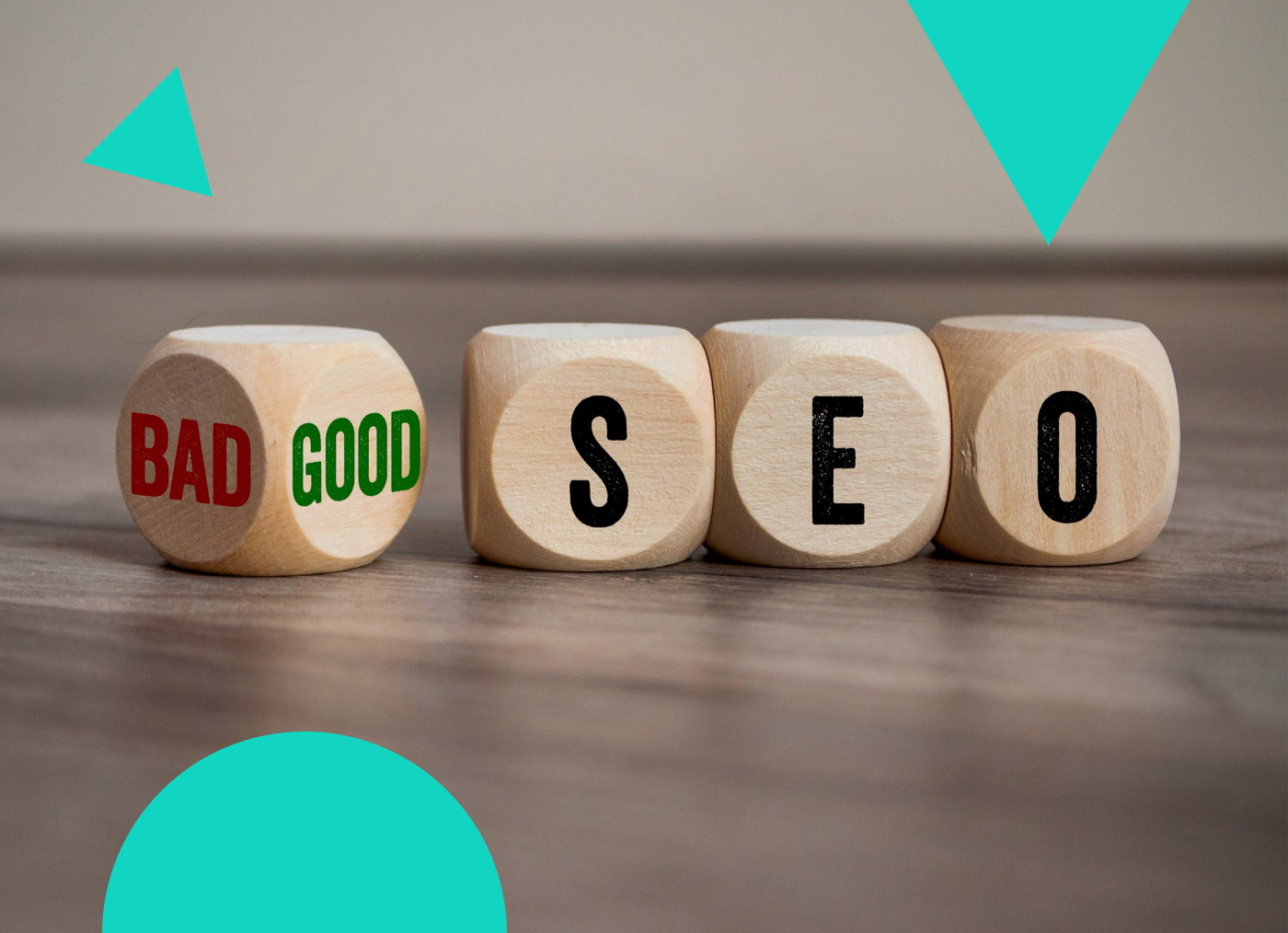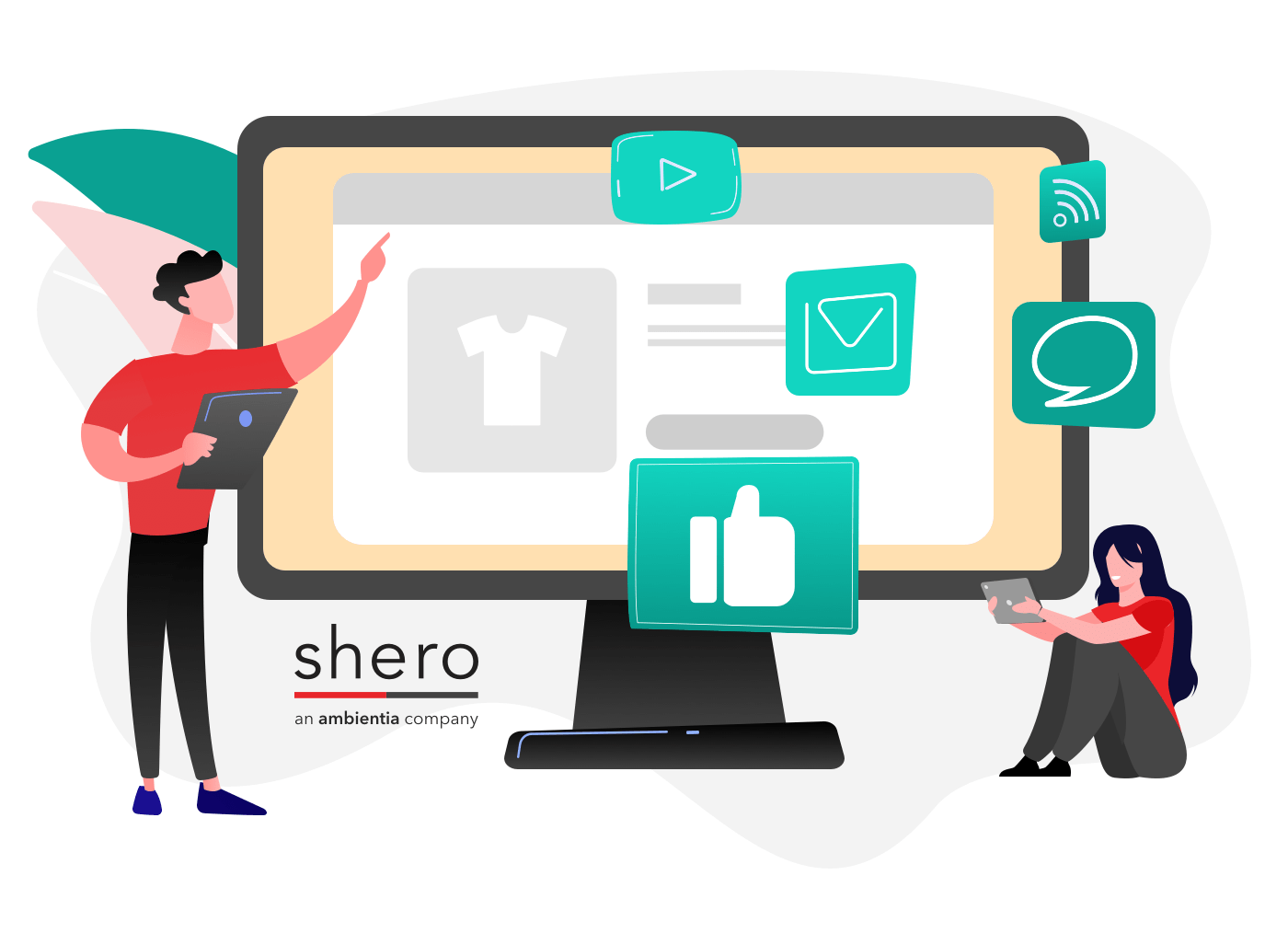Last week, the well-known design software company, InVision, released a detailed report titled “The Design Maturity Model”. InVision surveyed over 2,200 organizations across 24 industries and 77 countries, then analyzed the results. The report gives some excellent insight into how design impacts business success.
I thought it would be great to talk about this report in the context of eCommerce. It raises some really valuable questions, like: How do we define design? How does design maturity in eCommerce compare to other industries? Most importantly, what can you learn from this report to drive growth in your own business? If you haven’t seen or read the report, I recommend downloading it now and reading through it, as it serves as a foundation for this article. Without it, you may be a little lost.
Defining design
Before we can dive into specifics, we must define “design.” In InVision’s report (and in this article), we aren’t simply talking about visuals like website design or graphic design. We’re talking about design as a big-picture concept—systems design, process design, organizational design, and everything in between. It’s design with a capital “D”.
InVision’s 5 maturity levels help us understand the difference. Low maturity companies (Level 1: Producers) see design as “making things look good.” In InVision’s words:
“Level 1 companies are focused only on the most visible aspects of design—the pixels on the screen. At this level, organizations make early attempts to create efficiency and consistent story through visual identity guidelines but neglect processes, collaboration, and advanced tools.”
— The New Design Frontier, page 16
On the other end of the spectrum, companies at the highest end of the design maturity scale (Level 5: Visionaries) incorporate design into the very fabric of their business strategy. They look at systems design, organizational design, experience design, product design, and process design, not just the visual stuff. Level 5 companies orient and organize their entire business to maximize design thinking to generate growth.
Design and eCommerce
InVision’s main point is that design is critically important to every industry, certainly not just eCommerce. However, one of the biggest takeaways for me was that InVision found retail to be one of the industries with the most room for improvement. Here is another excerpt from their report:
Design maturity in retail and consumer durables is polarized, with 15% more Level 1 companies than average, but 75% more Level 4 companies than average. This industry has been hit hard by disruptive forces like digital transformation, a changing global supply chain, and the shuttering of brick and mortar. Its volatility is evident in its design maturity distribution, where a meaningful percent of the industry has adopted experimentation and data-driven design to evolve with change, but many are falling behind. It’s a cautionary tale for every industry.
— The New Design Frontier, page 32
Those are some pretty interesting insights and I expected the retail industry to show a much higher degree of design maturity overall. Many larger, older retail organizations have struggled to transition from brick-and-mortar to eCommerce. Meanwhile, many of the smaller, newer retailers, or digitally native vertically integrated brands (DNVB), have used design thinking from conception. DNVBs like Bonobos, Blue Apron, Casper, StitchFix, and others have grown rapidly over the past decade. All of these brands have a high degree of design maturity in common, and I believe many of them would fall into levels 4 and 5 on InVision’s scale. eCommerce is taking a step in the right direction as more small and innovative retailers are continuing to join the movement to design thinking.
Design Maturity by Company Size
It’s easy for smaller companies to believe their ability to compete is limited, but thankfully, InVision’s data blows this misconception out of the water. In fact, their report shows that larger companies are at a major disadvantage. Due to their size and scale, they’re slower to innovate and adopt new ideas at a corporate level. The data shows that companies with fewer than ten employees (Micro category) are three times as likely to reach Level 5 than companies with 1,000+ employees (Large Enterprise). Small to medium businesses (SMB category) with 10-99 employees were twice as likely as Large Enterprises to reach Level 5.
This should be incredibly encouraging to anyone in the Micro or SMB categories because it proves that innovation and creative thinking cannot be bought.
How Can I Climb the Scale?
How can you use these insights to grow your company’s design maturity level? The first step is understanding the behavior of the most mature companies. InVision helps us by further defining what classifies a company at the top:
Level 5 companies are robust in all dimensions of maturity, but what really separates them from others is design’s involvement in strategy. Design brings a unique lens to strategy through exploratory user research techniques, trends, and foresight research that assess product market fit, and the delivery of unified cross-platform strategies. As a result, Level 5 companies report that design has an impact on the widest range of benefits, from employee productivity to growth in market share, to the development of new intellectual property.
In the top 5% of companies, design has become core to business strategy, impacting the most elusive business benefits of all—design IP and valuation. Skeptical executives may assume this kind of strategic design is only for digital disruptors like Lyft or Airbnb, surely not for them but they’re not off the hook that easily. Level 5 companies are found in every industry, from banking to business logistics, education to entertainment. They’re the ones using technology and design to redefine the standards for customer experience and business process excellence.
— The New Design Frontier, page 24 (Emphasis added)
This is quite a bit to digest, so I will break it down while also layering in my own insights based on a decade of observing eCommerce retailers succeed and fail. Then I’ll leave you with a few practical steps that will guide your team through growth.
Design Talent and Staffing
Start with this sentence: Design brings a unique lens to strategy through exploratory user research techniques, trends, and foresight research that assess product market fit, and the delivery of unified cross-platform strategies. If you’re a Level 1 or 2 company, you likely have minimal design skills on your team—you may not even employ a traditional designer. Or perhaps the designer you do have is in a junior role, focused primarily on visual design for your marketing campaigns and branding.
The key element to becoming a Level 5 company is to bring design talent into the discussion much earlier when setting your company’s strategy. This doesn’t mean you need to ask your junior designer to write a business plan. However, it does mean looking at your plan for design from both a long term and short term perspective.
Long term, it’s important to look at your org chart, determine which roles involve design at a high level, and make strategic decisions about pushing design expertise further up the ladder to the highest levels of your business. This may involve training your current designers intensely or hiring more experienced designers down the road. You won’t hit Level 5 until you install that type of expertise at the top.
For the short term, you can work collaboratively with your current designers to start honing in on some fundamental projects to push you in the right direction. I recommend starting by conducting customer interviews, user testing your current storefront, and building detailed customer personas. These projects are directly in line with what InVision shows the Level 5 companies doing.
As an eCommerce agency, we typically advise our clients to heavily invest in those three elements, but they often take a back seat to other priorities. However, each has a unique benefit which can help you get much closer to Level 5—and thus, to more efficient growth and robust innovation.
Customer Interviews
The key to designing anything is to deeply understand the desires, needs, and fears of your audience. As an eCommerce retailer, your audience is your current and potential customer base—anyone who has a problem your products can solve. To build an effective strategy for engaging those individuals, you need to invest time in talking with some of your best customers. The goal is to understand what they most desire from you, where you are already succeeding, and where you can improve.
We recommend doing these interviews in person whenever possible, but a phone call or video chat will work well also. This may sound daunting at first, but the secret is to keep it simple and just do it.
Use the 5-10-30 model! Create 5 intelligent questions to ask 10 of your best customers during a 30-minute conversation with each of them. Once you’ve talked to 10 people, review the results with your team. Discuss the data you gathered, but also take the time to assess how well the conversations went. Did your questions work well? Should you ask them differently? What didn’t you ask that you wish you had?
The next step is to do it again with 10 more customers. Continue doing this over a few months until you have talked with over 100 customers. At that point, you’ll have a nice data set to work with and you can start using those insights when making big-picture business decisions.
Here’s a practical example. Say you discover during your interviews that your customer service staff is friendly, but slow to respond. You will want to sit down with your customer service team to examine how their response processes are designed and identify obstacles or points of friction that slow down response times. Then you can work with your team to design a new process which prioritizes quick customer communication across many touchpoints. If you’ve never mapped out common customer service communication scenarios and documented the typical or desired process for each, this would be a great time to do so.
Detailed Customer Personas
How would you describe your ideal customers? If you can’t answer that question within 30 seconds—or if your team can’t do so—then you’ve got some work to do. Just like with customer interviews, your customer personas don’t have to be complex to add tremendous value.
Accurate customer personas are one of the primary strategic foundations for any successful and growing eCommerce business. If you don’t have these clearly documented and if your team doesn’t reference them in everyday work, then you have an excellent opportunity to refocus on the people who matter most. In the same vein, if you already have customer personas but you haven’t touched them in a year or so, then this is an opportunity to refresh them.
There are many articles and tools online which can help you create customer personas. I suggest creating three main customer personas. Start by giving each a fictitious name. Write one paragraph to describe each type of individual and then add a list of bullet points. Include demographic information like their location, salary, family details, hobbies, job type, needs, wants, and fears. Keep it to one page for each persona. Then review and discuss them with your team.
When you have these sorted out, you can start to ask questions like, “How does this new content and page layout appeal to the needs of customer X or customer Y. ” Asking questions like that drive design strategy early in the process.
User Testing
Another excellent method for gaining customer insight is user testing your current storefront. The main goal of user testing is to uncover issues or problems your customers run into when using your store. As a side benefit, fixing those issues can sometimes lead to an increased conversion rate.
Tools like usertesting.com can give you candid feedback from people in your target demographic. This often acts as an informal and casual user interview. The users can voice their opinions over certain products, features, or roadblocks as they’re navigating through your store. By carefully reviewing these tests, you can affirm what you’re doing well and identify common issues to fix or avoid.
We strongly recommend weaving user testing into your business strategy on an ongoing basis. Conduct a series of different types of tests every quarter, review the results, and then make improvements. This is an area where constant improvement is key.
We also encourage our clients to invest in user testing early in all of our replatorming projects. We have found time and time again that performing simple tests throughout any site build will return value and make the final product much more effective for your current and future customers. User testing requires an investment of both time and money, but it pays off by increasing returns for years to come. When coupled with ongoing testing post-launch, it becomes a powerful force for your business and your bottom line.
Keep Building on Success
When I talk with my own team at Gauge about improving our business, I often quote Jeff Bezos: “We must weave a rope of many small advantages.” Over the years, I have found this to be very true. Lasting success isn’t created with one big change; there is no silver bullet. It’s created over time by working diligently to weave a strong, tight rope of many small advantages.
The steps in this article are just a start. As you create your own small advantages, you need to build upon each one. The best eCommerce retailers we’ve worked with over the years have each invested time and effort in carefully designing all of their major systems and processes. They involve customer input in almost every business decision, and they build a brand and products designed to engage deeply with a very specific group of people. You too can capture that success by looking beyond the pixels and weaving design throughout your business.
Need a Hand Getting Started?
One of my favorite things to do at Gauge is to conduct our on-site strategy and planning workshops with eCommerce teams. These two-day interactive workshops are designed to help our clients layer this type of high-level design thinking into their unique business operations. We would love to put our experience and ideas to work for your business. We can help you climb the levels of design maturity and achieve major business gains by employing design thinking in your eCommerce business.

Interested in a Workshop?
Our on-site or off-site planning workshops can be the perfect first step to your next project.




